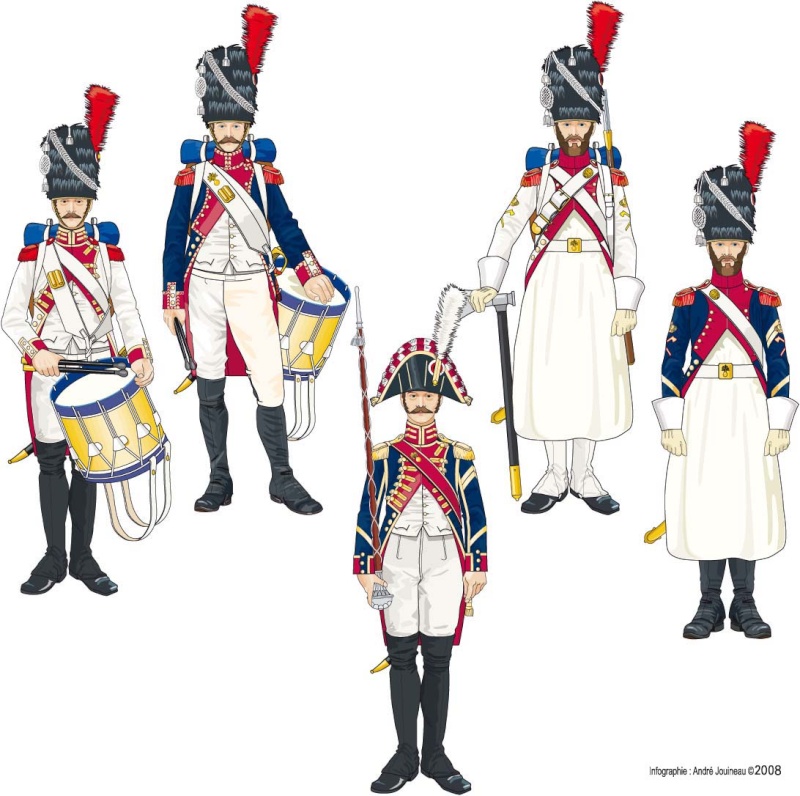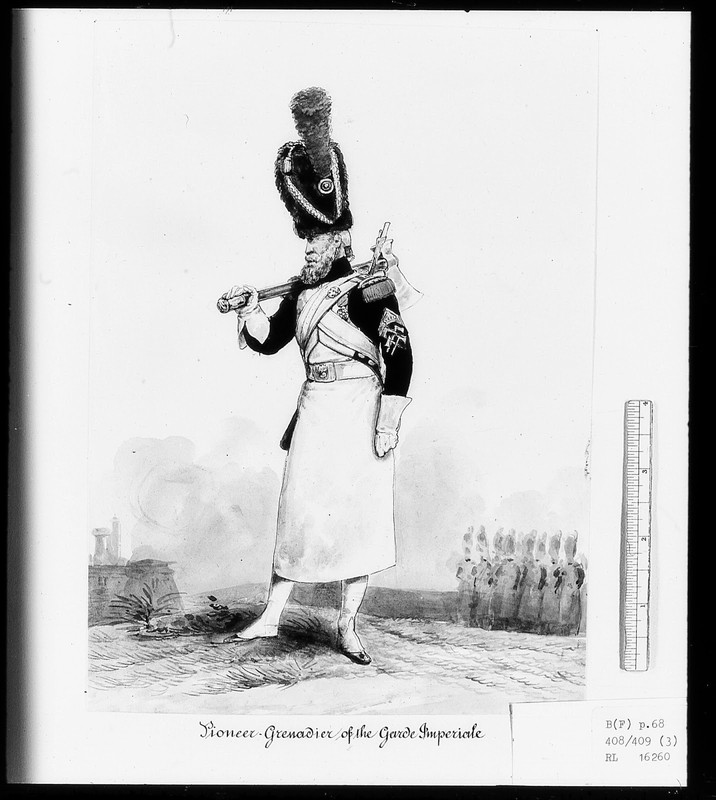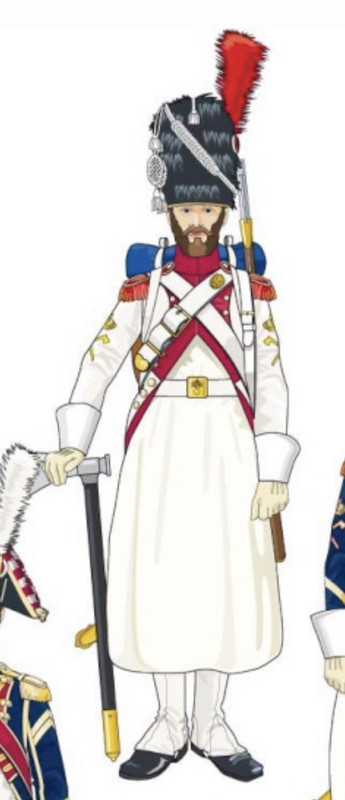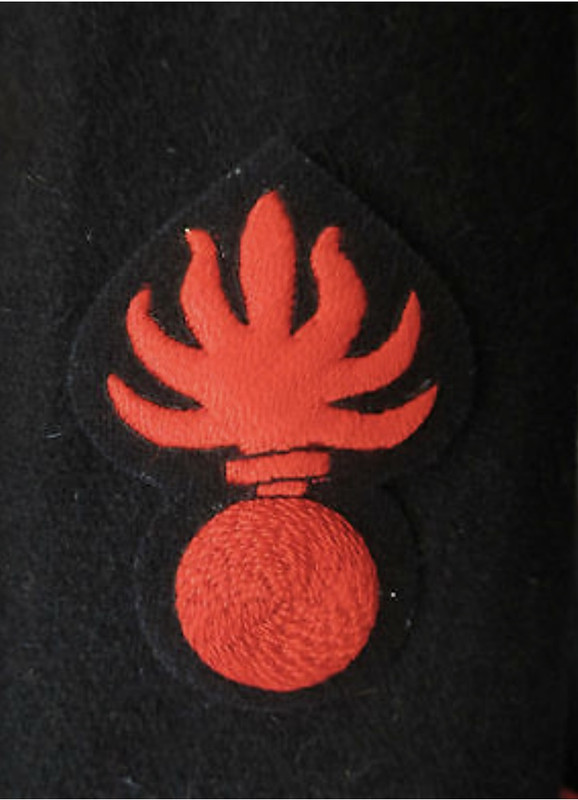-
The BladeForums.com 2024 Traditional Knife is ready to order! See this thread for details: https://www.bladeforums.com/threads/bladeforums-2024-traditional-knife.2003187/
Price is $300 ea (shipped within CONUS). If you live outside the US, I will contact you after your order for extra shipping charges.
Order here: https://www.bladeforums.com/help/2024-traditional/ - Order as many as you like, we have plenty.
You are using an out of date browser. It may not display this or other websites correctly.
You should upgrade or use an alternative browser.
You should upgrade or use an alternative browser.
What is the best axe for a Foreign Legionnaire?
- Thread starter UffDa
- Start date
Folks were smart back then too; even if they had a limited toolbox they'd still choose the right tool for the job. Pioneers by their job description had to be able to think and act independently.
If all they were doing was dropping trees they'd carry the double bit axe.
If all they were doing was dropping trees they'd carry the double bit axe.
- Joined
- Jun 25, 2017
- Messages
- 908
X
Last edited:
- Joined
- Jun 25, 2017
- Messages
- 908
X
Last edited:
I think you might want to look a bit further. Double headed/bit axes go back pretty far. Maybe check in with the Swedes.You do know that the double bit axe is an American thing don't you? There are hardly any double bit axes that originated from Europe. The only one I can think of is the Labrys. Only cerimonial in use and predates the American one by roughly 2000+ years....
They were popular in US and Canadian forests before the invention of the chainsaw but I suspect the reason they're seen as a symbol here is that in recent history there were no big trees left to fell in Europe.
- Joined
- Feb 25, 2014
- Messages
- 1,517
In Napoleon's Grande Armee, the Imperial Guard had an elite unit called the Old Guard made up of older, heavily-experienced veterans of proven ability and 5'10" minimum height. They wore the apron and carried the axe as their personal weapon. I saw a reenactment of the Battle of Waterloo (which actually took place in Braine l'Alleud where I lived at the time) at the Lion's Mound, and afterwards the reenactors all marched in parade. The Old Guard all looked the part, and they marched with their axes out in front held parallel to the ground. It would have been terrifying to see these guys coming up to you in a line--it's probably the last thing a tree feels right before the fall.
UffDa
Gold Member
- Joined
- Sep 11, 1999
- Messages
- 42,596
That is a pattern I would expect to see. Because that is a European pattern. Not so much French though, as they could be made just about everywhere in Europe, but originally attested to Germany. It is highly likely they are made in france though, as the eye itself is the same dimension as the handle (or only slightly wider), compaired to a shoulder the Germans use. That dates back ages, as the French axes mostly used round eyes, even up to halberd sized ones. You can see the difference if you compare the first and the last picture you posted.
The last picture clearly depics ash, as does the first black and white one you posted. The first picture depicts the French foreign legion. The second picture is an English equivalent. The 3rd one is actually an old Dutch Uniform and are called Dutch Grenadiers. They aren't affiliated with the pioneers though, and what seems like an axe is most likely a hammer to sound of charges. This is first uniform, still having the Dutch Lion on the buttons. That later changed to the French Eagle? They aren't part of the dutch army though, as Napoleon conquered them and became part of the French Army. But that was before the start of French Foreign legion....
"The 3rd one is actually an old Dutch Uniform and are called Dutch Grenadiers" I think that you may be wrong on this one. Did the Dutch Grenadiers wear aprons? He even has the crossed axes of the Pioneers.


UffDa
Gold Member
- Joined
- Sep 11, 1999
- Messages
- 42,596
I am beginning to wonder how accurate the labels are in old pictures of military uniforms. Where the artists of the 1800s anymore knowledgable than some the artists today? Probably not.
This plate is labeled Dutch Grenadier and Sapper 7th Infantry Regiment. It looks like they have shovels instead of axes. Note the bomb symbol.

Dutch Grenadier, Grenadier Officerr und Sappers 2nd Battalion 6th Infantry Regiment

This plate is labeled Dutch Grenadier and Sapper 7th Infantry Regiment. It looks like they have shovels instead of axes. Note the bomb symbol.

Dutch Grenadier, Grenadier Officerr und Sappers 2nd Battalion 6th Infantry Regiment

sapeurs de la légion got special permission to grow a beard, in memoriam off i can't remember what siege when they did not have water enough to shave.
nevertheless they are submitted to the drastic légion short hair cut .
would you mind Kevin Houtzager if i put your list in french?
-hache de Sapeur
-hachette de Sapeur
-hache de la Légion étrangère
-Hachette de la Légion étrangère
-hache des Grenadiers Hollandais
-hachette des Grenadiers Hollandais
hache stands for axe and (guess what?) hachette for hatchet, as hollandais means (improperly) Dutch
nevertheless they are submitted to the drastic légion short hair cut .
would you mind Kevin Houtzager if i put your list in french?
-hache de Sapeur
-hachette de Sapeur
-hache de la Légion étrangère
-Hachette de la Légion étrangère
-hache des Grenadiers Hollandais
-hachette des Grenadiers Hollandais
hache stands for axe and (guess what?) hachette for hatchet, as hollandais means (improperly) Dutch
A Sapper is a bit different than a Pioneer just add more confusion. Since we've kind of swerved back and forth from when everyone had muskets to modern day and mixed practical and ceremonial gear.
The original Sappers were the folks who'd tunnel up to a wall and lay charges. Over time they evolved into Combat Engineers. So for an illustration of a Sapper the shovel is pretty well mandatory.
The Pioneers were a subset with an infantry or cavalry or other battalion who'd be available "on call" to carry out the combat engineer tasks. But since they were part of the parent unit there less rivalry when it came to tasking.
It's noted that the Pionniers of the French Foreign Legion had 6 types of axes to destroy with and 7 kinds of axes to hammer with. So for just about any military parade the very idea that the soldiers would turn up with 13 different things to carry would cause an apoplexy so I'd guess they settled on that one type ax years ago.
The original Sappers were the folks who'd tunnel up to a wall and lay charges. Over time they evolved into Combat Engineers. So for an illustration of a Sapper the shovel is pretty well mandatory.
The Pioneers were a subset with an infantry or cavalry or other battalion who'd be available "on call" to carry out the combat engineer tasks. But since they were part of the parent unit there less rivalry when it came to tasking.
It's noted that the Pionniers of the French Foreign Legion had 6 types of axes to destroy with and 7 kinds of axes to hammer with. So for just about any military parade the very idea that the soldiers would turn up with 13 different things to carry would cause an apoplexy so I'd guess they settled on that one type ax years ago.
UffDa
Gold Member
- Joined
- Sep 11, 1999
- Messages
- 42,596
The original sappers go back much further. They were also called miners. The Siege of Acre was actually won by sappers. They dug under the walls shoring them up with timbers as they went. Then they set the timbers on fire collapsing the walls. (I'm sure that it was a bit more complicated than that, but it's the basic idea.)
UffDa
Gold Member
- Joined
- Sep 11, 1999
- Messages
- 42,596
Hey! Start your own shovel thread.
Just kidding.
- Joined
- Jun 25, 2017
- Messages
- 908
X
Last edited:
Square_peg
Gold Member
- Joined
- Feb 1, 2012
- Messages
- 13,793
They could, but that isn't very likely. The closest I came to finding a picture are these ones:
French Dutch Hybrid

Dutch

French

The problems I have with drawings are a couple actually:
They where made much later then the actual events.
You clearly see people with mustaches and beards. But we know for a fact that only a Sapeur/Mineur/Pionier had the right to where a beard in the army. Yet almost everybody in those pictures has facial hair....
So I'm highly doubtfull they where in fact axes. I have seen hammers with a flat face on one side, and a percussion cap indentation on the other, but I cant seem to find the pic....
EDIT: It does kinda look like the head of a Tabar or Tabarzin though. At least from the drawings. But then again, I don't regard drawings that historically accurate....

These men were first responders. It would make sense for one of them to carry a breaching tool. And these drawings suggest a pattern of one man with a breaching tool and several other armed men with him. This is a typical pattern for first responders.
I don’t know who got to have facial hair but is the nub on the end used for anything?
In breaching it could be used for breaking glass.
- Joined
- Jun 25, 2017
- Messages
- 908
X
Last edited:
- Joined
- Jun 25, 2017
- Messages
- 908
X
Last edited:





